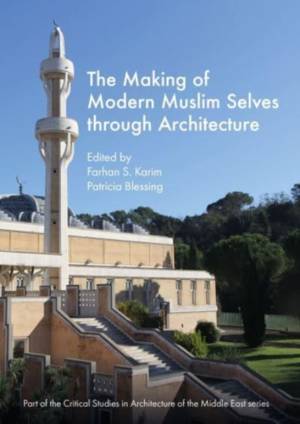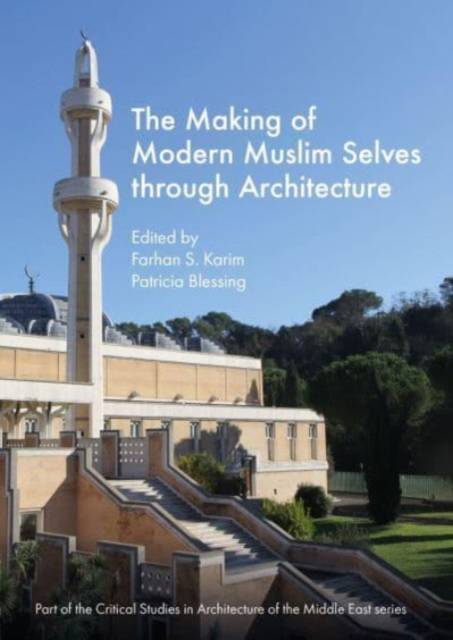
- Retrait gratuit dans votre magasin Club
- 7.000.000 titres dans notre catalogue
- Payer en toute sécurité
- Toujours un magasin près de chez vous
- Retrait gratuit dans votre magasin Club
- 7.000.000 titres dans notre catalogue
- Payer en toute sécurité
- Toujours un magasin près de chez vous
The Making of Modern Muslim Selves Through Architecture
206,95 €
+ 413 points
Description
An analysis of boundaries and boundary-making. This collection explores alternative definitions of bounded identities, facilitating new approaches to spatial and architectural forms. Taking as its starting point the emergence of a new definition of "boundary" in the wake of the twentieth-century transformation of large, heterogeneous empires into a mosaic of nation-states in the Islamic world, it shows how that new sense of boundaries not only determines the ways we imagine and construct the idea of modern citizenship, but also redefines relationships among the nation, citizenship, cities, and architecture. The contributors investigate how architecture mediates the creation and deployment of boundaries and boundedness and how architecture might be considered as a means to understand the relationship between flows and boundaries and its implications for how we define the modern self.
Spécifications
Parties prenantes
- Editeur:
Contenu
- Nombre de pages :
- 376
- Langue:
- Anglais
- Collection :
Caractéristiques
- EAN:
- 9781789388510
- Date de parution :
- 01-02-24
- Format:
- Livre relié
- Format numérique:
- Genaaid
- Dimensions :
- 178 mm x 229 mm
- Poids :
- 993 g






